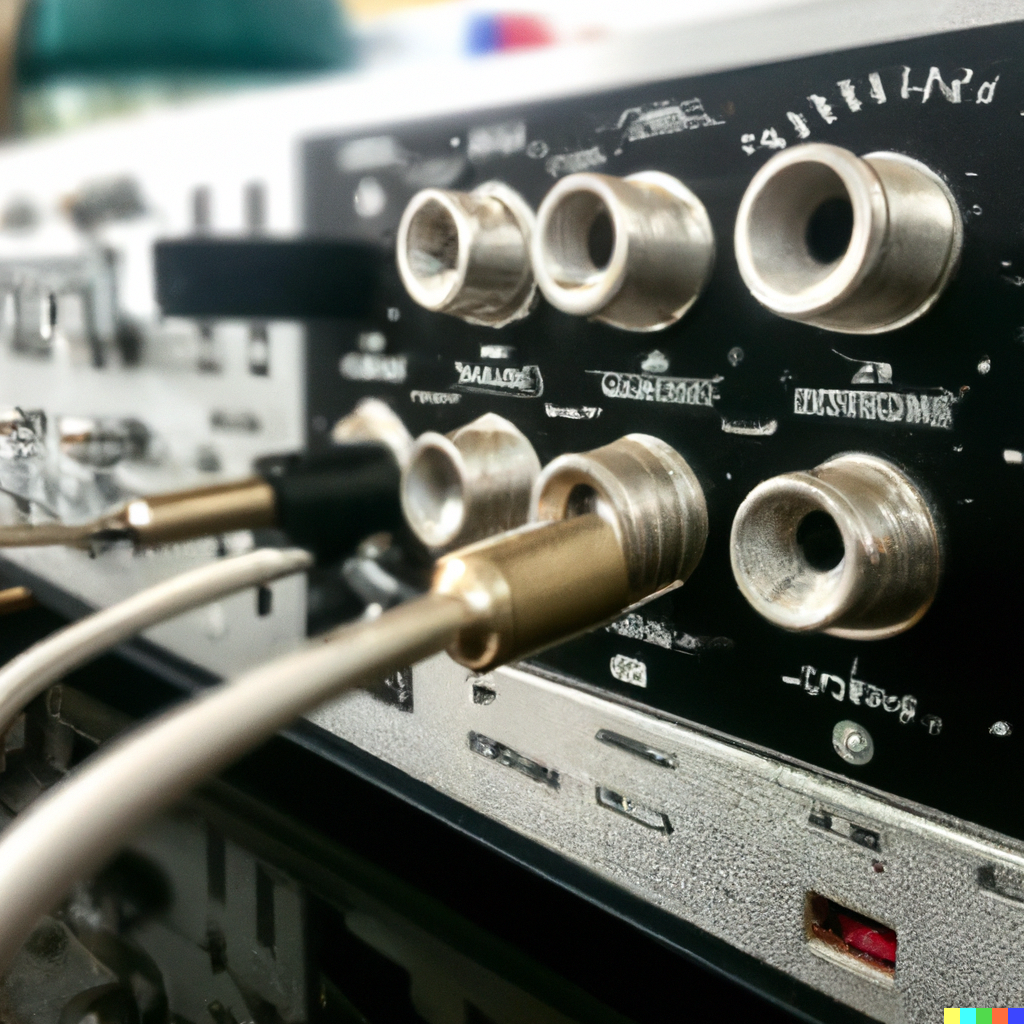In the realm of technology, few fields are as fascinating and immersive as audio technology, often abbreviated as AudioTech. From the early days of gramophones to today's cutting-edge digital sound systems, audio technology has undergone a remarkable evolution, revolutionizing the way we experience sound. In this blog article, we embark on a journey to explore the intricate workings of audio technology, unraveling its history, innovations, and the profound impact it has on various aspects of our lives.
The Evolution of Audio Technology: Our journey into the realm of audio technology begins with its humble origins. The invention of the phonograph by Thomas Edison in the late 19th century marked the dawn of a new era in sound reproduction. This groundbreaking device, which utilized a rotating cylinder covered in grooves to record and playback sound, laid the foundation for future advancements in audio technology.
The 20th century witnessed rapid progress in audio technology, with milestones such as the invention of the electronic amplifier, the introduction of magnetic tape recording, and the development of stereo and surround sound systems. These innovations not only transformed the way music was recorded and reproduced but also revolutionized industries such as radio broadcasting, film, and entertainment.
In the digital age, audio technology has continued to evolve at an astonishing pace. The advent of digital audio formats, such as MP3 and AAC, enabled convenient storage and playback of music files, leading to the rise of portable media players and streaming services. Meanwhile, advancements in signal processing, compression algorithms, and audio editing software have empowered musicians, producers, and sound engineers to create immersive audio experiences with unprecedented precision and fidelity.
Key Technologies and Innovations: At the heart of modern audio technology lie a myriad of cutting-edge technologies and innovations that shape the way we perceive and interact with sound. Digital signal processing (DSP) algorithms play a crucial role in enhancing audio quality, reducing noise, and implementing advanced audio effects such as reverb and equalization.
Another groundbreaking innovation in audio technology is spatial audio, which aims to replicate the immersive experience of live sound environments. Techniques such as binaural recording and ambisonics allow for the creation of 3D audio experiences that envelop the listener in a virtual sonic landscape, blurring the lines between reality and fiction.
The emergence of artificial intelligence (AI) and machine learning has also made significant contributions to audio technology. AI-powered algorithms can analyze audio content, identify patterns, and automatically generate music or enhance audio recordings with intelligent noise reduction and restoration techniques.
Applications and Impact: The impact of audio technology extends far beyond the realm of entertainment. In industries such as healthcare and education, audio technology is used to develop innovative solutions for therapy, communication, and learning. For example, music therapy has been shown to have therapeutic effects on individuals with neurological disorders, while interactive audiovisual simulations enhance the effectiveness of educational programs.
In the realm of virtual reality (VR) and augmented reality (AR), audio technology plays a crucial role in creating immersive and realistic experiences. Spatial audio techniques are employed to accurately position sound sources in 3D space, enhancing the sense of presence and immersion for users exploring virtual environments.
Furthermore, audio technology is driving advancements in fields such as automotive engineering, telecommunications, and consumer electronics. From noise-canceling headphones that block out ambient noise to voice-controlled smart speakers that respond to verbal commands, audio technology is shaping the way we interact with the world around us.
Conclusion: As we conclude our exploration of audio technology, it becomes evident that the realm of sound is a vast and ever-evolving landscape of innovation and creativity. From its humble beginnings to its present-day achievements, audio technology continues to push the boundaries of what is possible, enriching our lives in ways we could never have imagined. As we look to the future, one thing is certain: the journey of discovery and innovation in audio technology is far from over, promising even greater wonders yet to be unveiled.
